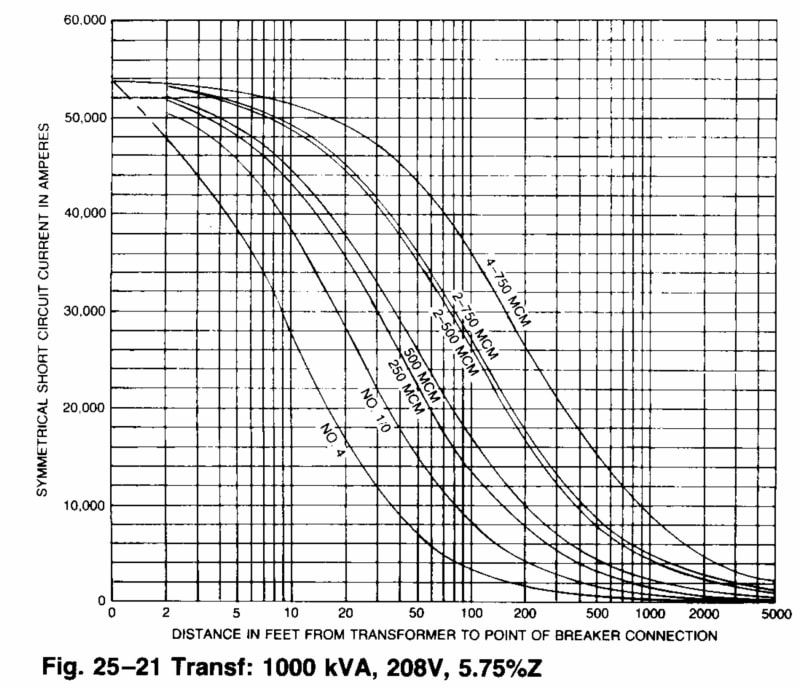Maple2
Electrical
- Jul 19, 2021
- 19
Hi Gurus,
For the first time, I want to design a 3ph HV utility transformer for an Apartment building with a switchboard rated for 120/208Y, 3000A, 65kA (AIC). Utility HV at proposed site is unknown.
CEC 26-254 (2) stipulates that OCP is not needed on the Primary Side if secondary side has OCP rated at not more than 125% of rated secondary current.
Since Switch Board provides OCP of 3000A , hence Secondary Side current = 3000A/1.25 = 2400A
Xfmr size = 2400A x 0.208 x 1.73 = 863.6 kVA (Hence I chose 1000kVA Transformer)
Tamper resistant Oil Liquid Filled Transformer (ONAN).
Question 1: If I select a Transformer with FCAN and FCBN that's in increment of 2.5%, meanwhile, Transformer primary HV is not yet known, is there a way to still determine how many tappings the Transformer should have?
I learnt that Impedance grounded XFRMS provide better voltage-to-ground stability, but whole residential building power could be disrupted in the event of fault current. Non impedance grounded Xfmrs I learnt provides are better where continuity of service is critical, in the event of fault current, however voltage-to-ground stability not as good.
Question 2: How do one design a transformer that could be good at both? Under what condition, could one be preferred over the other in their application to residential building transformers?
Your Opinions would be appreciated. Thanks
For the first time, I want to design a 3ph HV utility transformer for an Apartment building with a switchboard rated for 120/208Y, 3000A, 65kA (AIC). Utility HV at proposed site is unknown.
CEC 26-254 (2) stipulates that OCP is not needed on the Primary Side if secondary side has OCP rated at not more than 125% of rated secondary current.
Since Switch Board provides OCP of 3000A , hence Secondary Side current = 3000A/1.25 = 2400A
Xfmr size = 2400A x 0.208 x 1.73 = 863.6 kVA (Hence I chose 1000kVA Transformer)
Tamper resistant Oil Liquid Filled Transformer (ONAN).
Question 1: If I select a Transformer with FCAN and FCBN that's in increment of 2.5%, meanwhile, Transformer primary HV is not yet known, is there a way to still determine how many tappings the Transformer should have?
I learnt that Impedance grounded XFRMS provide better voltage-to-ground stability, but whole residential building power could be disrupted in the event of fault current. Non impedance grounded Xfmrs I learnt provides are better where continuity of service is critical, in the event of fault current, however voltage-to-ground stability not as good.
Question 2: How do one design a transformer that could be good at both? Under what condition, could one be preferred over the other in their application to residential building transformers?
Your Opinions would be appreciated. Thanks

